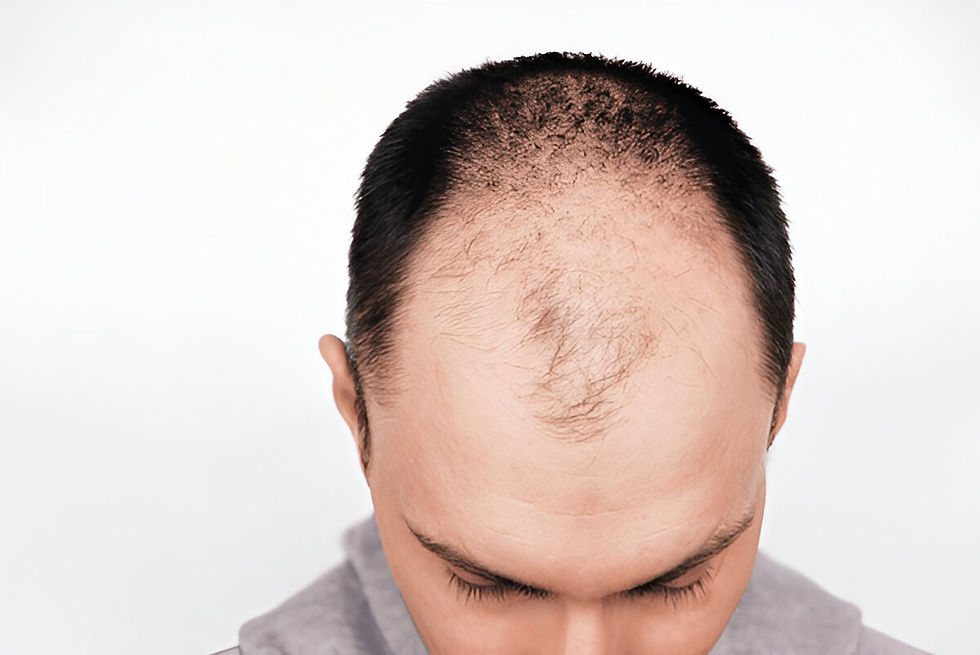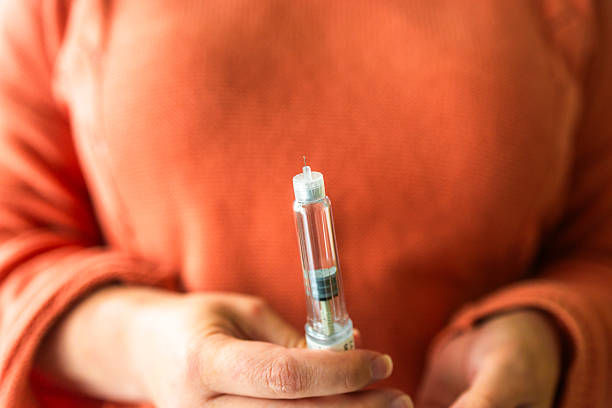Guide to Safe Hair Transplants in Dubai
- acerstone01
- Apr 28
- 4 min read
Introduction: The Importance of Safety in Hair Transplants
Undergoing a hair transplant in Dubai(زراعة الشعر في دبي) is a significant decision that can change your appearance and boost your confidence. With its growing popularity, Dubai is home to numerous world-class clinics offering various hair restoration techniques. However, ensuring your procedure is safe and effective requires more than just finding the right clinic. This guide will walk you through the essential steps to ensure your hair transplant experience is safe, from choosing the right clinic to post-procedure care.
1. Choosing a Reputable Clinic for Your Hair Transplant in Dubai
The first step in ensuring a safe hair transplant is selecting a reputable clinic. Dubai is home to many clinics offering cutting-edge technology and skilled surgeons, but not all clinics are created equal. Here are the key factors to consider when choosing where to undergo your hair restoration procedure.

Factors to Consider:
Qualifications of the Surgeon: Ensure that the surgeon is board-certified and experienced in hair restoration techniques. Look for a specialist who has a proven track record with the specific technique you wish to undergo (e.g., FUE or FUT).
Clinic Accreditation: Verify that the clinic is accredited by relevant medical authorities in Dubai. An accredited clinic follows strict safety and health standards.
Patient Reviews and Testimonials: Look for feedback from previous patients to gauge their experience with both the procedure and the clinic’s overall service.
Technology and Techniques: Ensure that the clinic uses modern, advanced equipment and follows up-to-date practices for hair restoration.
2. Consultation: What to Expect During Your Hair Transplant Consultation
Once you've selected a clinic, you'll likely have an initial consultation with the surgeon. This meeting is a crucial step to ensure your safety and help you understand the procedure in detail.
What to Expect During Consultation:
Health Evaluation: The surgeon will assess your overall health and hair loss pattern. They may also ask about your medical history, including any previous surgeries or health conditions.
Procedure Explanation: The surgeon should explain the different types of hair transplants available (such as FUE or FUT) and recommend the best option based on your individual needs.
Risk Assessment: A reputable surgeon will discuss potential risks and complications associated with the procedure. They should be transparent about the possible side effects and provide realistic expectations about results.
Personalized Plan: Based on your hair loss stage, the surgeon will create a customized hair restoration plan tailored to your goals.
This consultation is also your opportunity to ask questions about the clinic's safety protocols, post-procedure care, and recovery timelines.
3. The Procedure: Ensuring Safety During the Transplant
The day of your hair transplant is an exciting yet crucial time. Safety should be a top priority, and a qualified surgeon will ensure that all necessary steps are taken to minimize any risks during the procedure.
Key Safety Considerations During the Procedure:
Anesthesia: Local anesthesia is typically used for hair transplants to numb the donor and recipient areas. Ensure that the anesthesia is administered by a qualified professional.
Sterility and Infection Control: The clinic should follow strict sterilization protocols, ensuring that all tools and equipment are properly sanitized to prevent infection.
Monitoring: Throughout the procedure, your vital signs should be monitored to ensure your safety and comfort.
Proper Technique: Whether you're undergoing FUE or FUT, it’s essential that the surgeon uses the appropriate techniques to avoid damaging hair follicles and ensure a successful outcome.
By choosing a qualified and reputable clinic, you can ensure that your procedure will be as safe and comfortable as possible.
4. Post-Procedure Care: Key to Successful Healing
Proper aftercare is critical for both the safety of the patient and the success of the hair transplant. After the procedure, you’ll need to follow specific instructions provided by your surgeon to promote healing and avoid complications.
Post-Procedure Safety Tips:
Avoid Touching or Scratching the Scalp: Refrain from touching or scratching the transplanted area to avoid infection and damage to the newly transplanted hair follicles.
Gentle Washing: Your surgeon will likely advise that you wait several days before washing your hair. Use mild shampoos and avoid harsh chemicals to minimize irritation.
Sun Protection: Dubai’s sunny climate can be harsh on your scalp post-surgery. Wear a protective hat or use sunscreen on your scalp to prevent UV damage to the transplanted hair follicles.
Medications: Follow your surgeon’s advice regarding prescribed medications, such as antibiotics or anti-inflammatory drugs, to reduce the risk of infection and inflammation.
Your surgeon will provide specific aftercare instructions, so it's essential to adhere to them closely for optimal results.
5. Potential Risks and How to Minimize Them
While hair transplants are generally safe, like any medical procedure, there are some risks involved. Understanding these risks and how to minimize them can help ensure the safety and success of your procedure.
Common Risks:
Infection: Although rare, infection can occur if proper care is not taken during the procedure or recovery. Follow aftercare instructions to minimize the risk of infection.
Scarring: While FUE typically leaves minimal scarring, FUT may result in a linear scar. Ensure that your surgeon uses the appropriate technique for your needs.
Unnatural Results: Inexperienced surgeons may not properly place hair follicles, leading to unnatural-looking hairlines. This is why choosing a qualified and experienced surgeon is critical.
Hair Shedding: It’s normal for transplanted hair to shed within the first few weeks after the procedure. However, this is typically temporary, and new hair will start growing after a few months.
By following the post-procedure care guidelines and choosing an experienced surgeon, you can significantly reduce the likelihood of these risks affecting your results.
6. Final Thoughts: Safe and Successful Hair Transplants in Dubai
Undergoing a hair transplant in Dubai is a life-changing decision, and ensuring your safety throughout the process is crucial to achieving the best possible results. From choosing a reputable clinic to following proper aftercare, taking the necessary precautions will help you enjoy a successful and safe hair restoration journey.
By being informed about the procedure, understanding the risks, and working with experienced professionals, you can rest assured that your hair transplant will be a positive and rewarding experience.




Comments